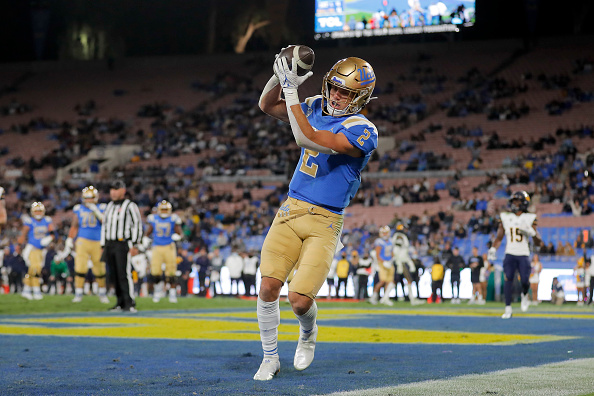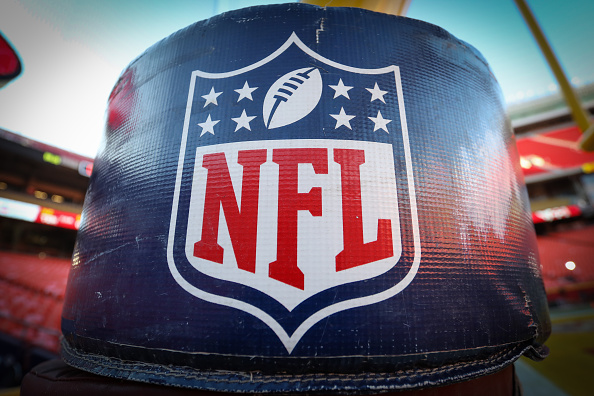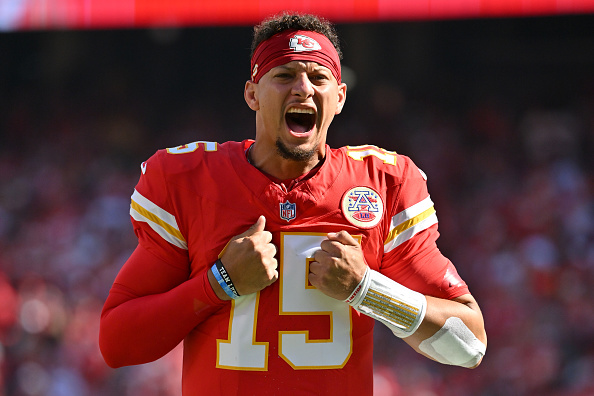Kyle Philips has slipped through the cracks of the general media ahead of the 2022 NFL Draft. The UCLA receiver produced in each of the last three years and had a career season in 2021 where he had 59 receptions for 739 yards and ten touchdowns. While Philips was one of the most consistent receivers in the country, he was also an effective punt returner with over 200 yards and a touchdown on nine punt returns this last season, and almost 500 yards and two touchdowns on 25 career returns. In a loaded receiver class, how high does a player like Philips, who dominated his competition at the Shrine Bowl, go in this draft?
Make sure to check out all of our other NFL Draft Scouting Reports.
Player Bio
Name: Kyle Philips
Jersey: No. 2
Position: Wide Receiver
School: UCLA
Class: Redshirt Junior
Height: 5’11”
Weight: 189 lbs
Games Watched: Oregon (2021), Utah (2021), LSU (2021)
Major Injury History: None
Player Breakdown
Hands/Ball Security (9/10)
Philips rarely lets a ball go through his hands. There was only one throw where the fault was more on the receiver than the quarterback. There are times when the ball is slightly out of reach for Philips, who has to contort his body in a different direction to get anywhere near the ball. Philips has reliable hands and can pluck the ball out of the air. He rarely catches the ball with his body.
Contested Catch (7.5/10)
Philips certainly doesn’t have the biggest frame to succeed in this regard as much as other players in the class. His hands help him because once he has a grasp on the ball, he usually comes down with the catch. Philips typically won’t out-physical receivers at the catch point and relies more on separation and catching passes in space than coming down with contested catches. There were times when he could catch a pass in a contested situation, which is a good sign, but he isn’t a receiver that most teams would trust one-on-one on the outside with a physical cornerback.
Tracking/Body Control (9.5/10)
His body control is absurd. When a pass was thrown to Philips along the sidelines, he would come down with the toe-tapping catch and get the yards needed for a first down. Other times, he could snag the catch and continue downfield for extra yardage. Philips has excellent tracking skills when the ball is in the air, and he rarely misses catches, and some plays are true “Wow” catches from his part.
Route Running (10/10)
Speaking of wow, Philips could be the best route runner in the class. He is the definition of a technician and understands coverages and leverage better than any receiver potentially in this class. From the snap, Philips gets into the defender’s face and can chop his feet quickly and make defenders look like fools who try to cover him. It is very reminiscent of a receiver we’ll get to later in the report, and it makes Philips a threat at any level of the field, specifically the redzone.
At UCLA, Philips had a variety of different routes he ran. No matter the route, the receiver was always three steps ahead of the defender. It is fascinating to see him go to work in this aspect of his game, and it will be something that some teams, looking at you, New England, love out of their slot receivers.
Separation (9/10)
As stated in the route running portion, it seems as though Philips is typically three or four steps ahead of the defender tasked with covering him. His route running gives him a ton of separation, and he is almost uncoverable from the slot. Defenders tasked with covering Philips will have fits as they try to decipher what route he’s trying to run. Don’t play man coverage against Philips. The worst part is that teams will also struggle to cover Philips in zone coverage, thanks to his skills at reading coverages and finding holes in zone coverage.
Philips uses a blend of his adequate speed, excellent size for a receiver in the slot, and his technique to create separation. He has uber-quick feet, which can put defenders on their toes due to them not knowing which direction he will go. Philips also uses head fakes to his advantage, as there were multiple times he would look in one direction and then head the other.
Release (8.25/10)
Due to playing in the slot in a spread offense, Philips was rarely tasked against press coverage. While that is a bit of a bummer, he has shown that he can time and again create separation with ease. Philips has used his hands to get open, and that, along with his quick feet off the line of scrimmage, should give him more than enough of an advantage against press coverage at the next level.
Run After Catch (8.5/10)
Philips is scary with the ball in his hands. While he isn’t necessarily the fastest, he can move in and out of lanes and shed off would-be tacklers with ease. Philips will typically make a man miss in the open field thanks to his quickness and change of direction but won’t go through defenders unless he’s facing LSU.
Kyle Philips COOKED LSU's defense 🤯
UCLA is pulling away
(via @CFBONFOX) pic.twitter.com/PyeQTS5lRz
— Bleacher Report CFB (@BR_CFB) September 5, 2021
Vertical Speed (7.25/10)
Philips is more sneaky-quick than fast. He isn’t going to get confused for Christian Watson or Garrett Wilson in this class, but he can turn on the burners when defenders least expect it. His 40-yard dash time of 4.58 didn’t come as a surprise to many, as that is about what was expected from the game film.
Burst/Acceleration (4/5)
Philips is quick right from the snap. He can make defenders look silly with how quickly he gets up to his top speed. Philips is a player that will make a living in the middle of the field, taking advantage of less explosive players, and can feast with a team that knows how to use his plus attributes.
Athleticism (4/5)
Philips scored an 8.24 RAS score from his testing at the scouting combine, and it shows. He scored his best in explosion, speed, and agility tests, which makes sense considering he works the middle of the field with ease. His weight may put him off some team’s draft boards, only coming in at 189 pounds.
Blocking (4.25/5)
As a slot receiver, Philips had to be a bit more physical in his blocking than some of the other receivers in the class. UCLA even lined him up almost as if he was playing wing instead of as a slot receiver to give him an edge from a blocking standpoint. Despite his size, Philips is quite feisty while blocking and can drive through defenders so that the runner could get additional yardage.
Versatility (3.25/5)
Philips will primarily only be a slot receiver at the next level, and his 90 percent playing time in the slot during college pushes that point further. With that said, he has spent some time on the boundary and in the backfield. Philips is also a strong option as a return man.
Player Summary
While the NFL is moving towards size and speed, a player like Philips will have plenty of fans at the next level. He comes up big in clutch situations and is an intimidating blocker in space. Unfortunately, some teams may not have him on their draft board due to his size, but those that do could find a place for him starting in the second round of the draft.
There’s one player that immediately comes to mind for the UCLA receiver, and that is Hunter Renfrow. They are practically carbon copies of each other. Philips is just an inch taller than Renfrow and has similar testing numbers, including the same 40-yard dash time. Philips refined route-running skills is Renfrow-like as well. Whichever team elects to select the UCLA receiver will have an immediate starting slot receiver that can contribute on special teams from the jump as well.
Rookie Projection: Starting Slot Receiver/Punt Returner
Third Year Projection: Pro Bowl Slot Receiver
Final Grade (84.5/100): Early Second Round
Player Comp: Hunter Renfrow
Check us out on our socials:
Twitter: @PTSTNews and @TalkPrimeTime
Facebook Page: Prime Time Sports Talk
Join our Facebook Group: Prime Time Sports Talk
Instagram: @ptsportstalk
Follow Mason Thompson on Twitter @Thompson22Mason
Main Image Credit:
Embed from Getty Images






